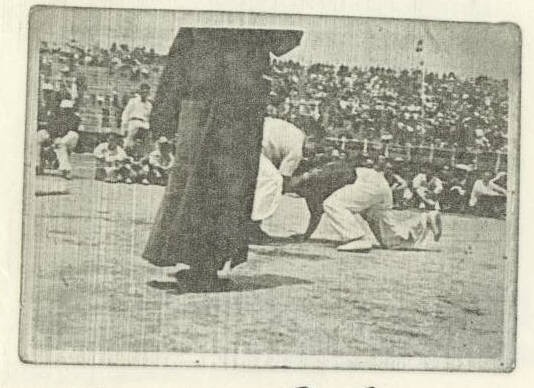But it doesn't seem to be a problem for GSP here, for example:
View attachment 21764
I think perhaps we need to be careful here about the way we are describing the situation - as I have re-emphasized on this thread already, the person is no longer "shooting in" - they've been stopped in their tracks - sprawled.
Otherwise it could sound like I am attempting to discuss trying to strike a speeding bullet. In the above video, GSP illustrates exactly what I'm talking about - training sprawl, and then setting up a striking structure.
I don't think sportive grapplers train for such a scenario - when they arrive in that setup they are just not expecting any strike from that angle, and in MMA bouts, like UFC, they are certainly not expecting any strike to the back of their heads, which in terms of vulnerability, it appears like the go-to spot with a hammer fist.
I am assuming that in the more brutal past, this kind of approach to takedown attempts would have been the norm when training for open hand no rules duels.
Thanks again.




